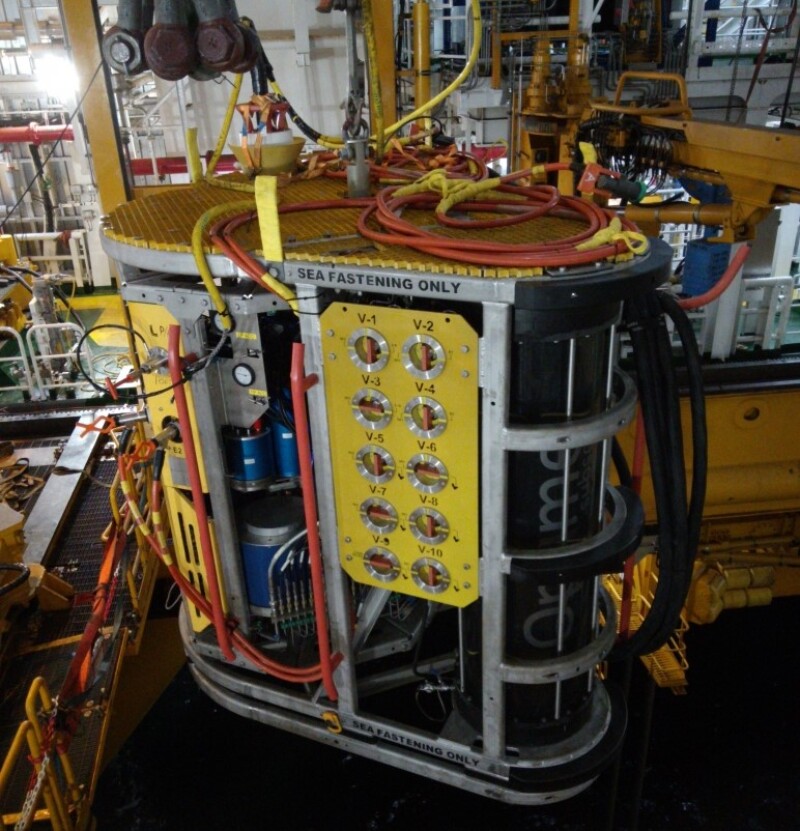Halliburton is expanding its reach into the subsea-intervention market after announcing today a new partnership with Norwegian newcomer Optime Subsea. The focus of the agreement is on the global commercialization of Optime’s innovations that include a remotely operated control system (ROCS) and a subsea controls and intervention light system (SCILS).
Halliburton said the ROCS will complement its own completion landing string product line and that it will seek to package its existing intervention and workover technology with the SCILS, which it touted as a “remote digital-enabled system.”
“We are excited to work with Optime and leverage their technologies within our existing subsea completions and intervention solutions,” Daniel Casale, vice president of testing and subsea at Halliburton, said in a statement. “Our alliance advances remote capabilities and provides a capital-efficient solution, allowing customers to reduce safety risk, operational footprint, setup, and run-time.”
Optime has previously deployed the SCILS and ROCS with Aker BP at several of its fields in the Norwegian Continental Shelf. The initial work involved a 2-year contract for the SCILS and Aker BP later tapped the ROCS to eliminate the cost of umbilical-controlled tubing hanging operations.
The SCILS has been billed as an enabling technology by its early adopters since it reduces much of the heavy equipment and umbilical reels needed on topsides to support conventional well-intervention workover control systems.
Halliburton and Optime highlight the versatility of the SCILS on their websites, noting that it is designed to provide well control to subsea trees, to control light-well intervention systems, “or simply act as a universal tool for evaluating and monitoring” subsea tree conditions. They note installations can be temporary or permanent.
Optime also says the ROCS is capable of completing a tubing operation in 12 hours, a quarter of what is typical, which is a point that is aimed at operators in harsh-weather environments where windows to get delicate work done are narrow.
Optime was founded in 2015 in Notodden, Norway, and has an engineering office in Houston. The firm merged with subsea engineering firm Telemark Technologies in 2016 at which time Norwegian industrial investment group Holta Invest became a major shareholder of the combined company.
“We believe that strong mutual alliances across the vertical supply chain drives continuous improvements needed in our industry,” said Jan-Fredrik Carlsen, CEO of Optime, adding that its relationship with Halliburton will mean “more customers will have access to these cost-efficient subsea solutions.”
This new partnership comes about 2 weeks after intervention specialist Expro Group formed an alliance with global vessel provider FTAI Ocean. The deal involves a 3-year agreement to use one of FTAI’s light-well-intervention vessels which Expro said was key in securing an intervention contract at the Chevron-operated Gorgon facility offshore Australia.


